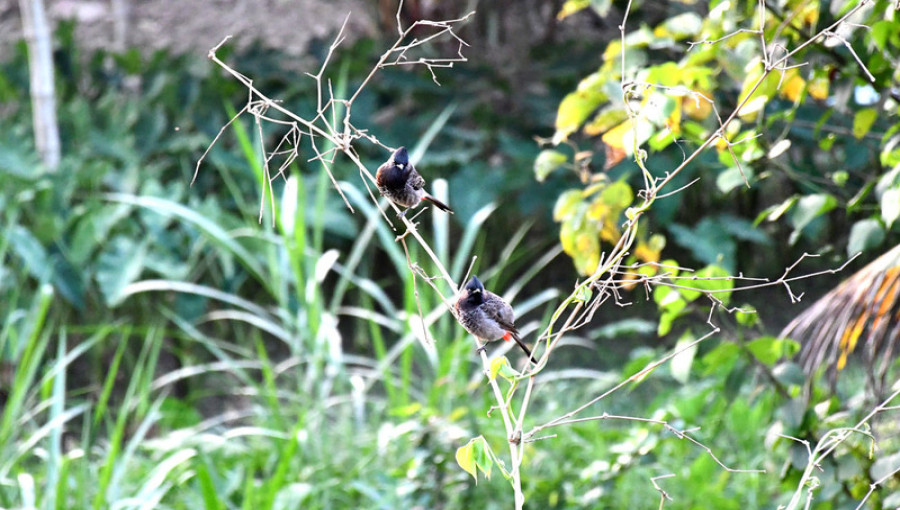
Photo: Voice7 News
"Bulbul: Known for its sweet melody, this bird's playful appearance belies its gentle nature." Image Biplab Talukder, Voice7 News
Khagrachari, Jan 06, (V7N) — The bulbuli is a well-known bird in Bangladesh. Despite its seemingly angry or quarrelsome appearance, the bulbul is a remarkably sweet bird. It sings in a melodious "tu-tu-tul" tune, earning it the nickname of a songbird.
When we see the bulbul, we recall a rhyme from childhood:
"Bulbuli go bulbuli,Come play, untangle your hair.
Hiding in the tree, You call me in a melancholy air.
With your sweet voice, My heart feels in turmoil."
Across the world, there are about 130 to 140 species of bulbul, primarily found in Africa, the Middle East, tropical Asia, Indonesia, and Japan. In Bangladesh, 11 species of bulbul are found, including the white-breasted, ash-colored, green, sepahi, and black-capped yellow bulbuls. These birds are around 18 to 20 centimeters in size. Both males and females look similar, with long, soft, fluffy feathers. Their beaks and legs are short, and the inside of their eyes is dark brown. They have a long tail, a black throat, and a black crest on their head. The neck and chest are dark brown, with a pale belly. The underside of the tail is bright red.
Bulbulis are fond of small fruits, flowers' nectar, insects, pests, ripe leaves of pumpkin, pea seeds, and date palm juice. They often build nests near human settlements, typically at low altitudes on tree branches. Their nests are bowl-shaped, made of grass, fibers, dry leaves, and roots. Bulbulis prefer to live in pairs or groups.
Their breeding season falls during the monsoon. The female lays 2 to 5 eggs, which are pinkish-white with brown spots. It takes 10 to 15 days for the eggs to hatch. Both parents gather food for their chicks, ensuring their nourishment.
This beautiful bird's presence brings joy, not only because of its sweet song but also due to its fascinating habits and appearance.
END/BT/SMA/

Comment: